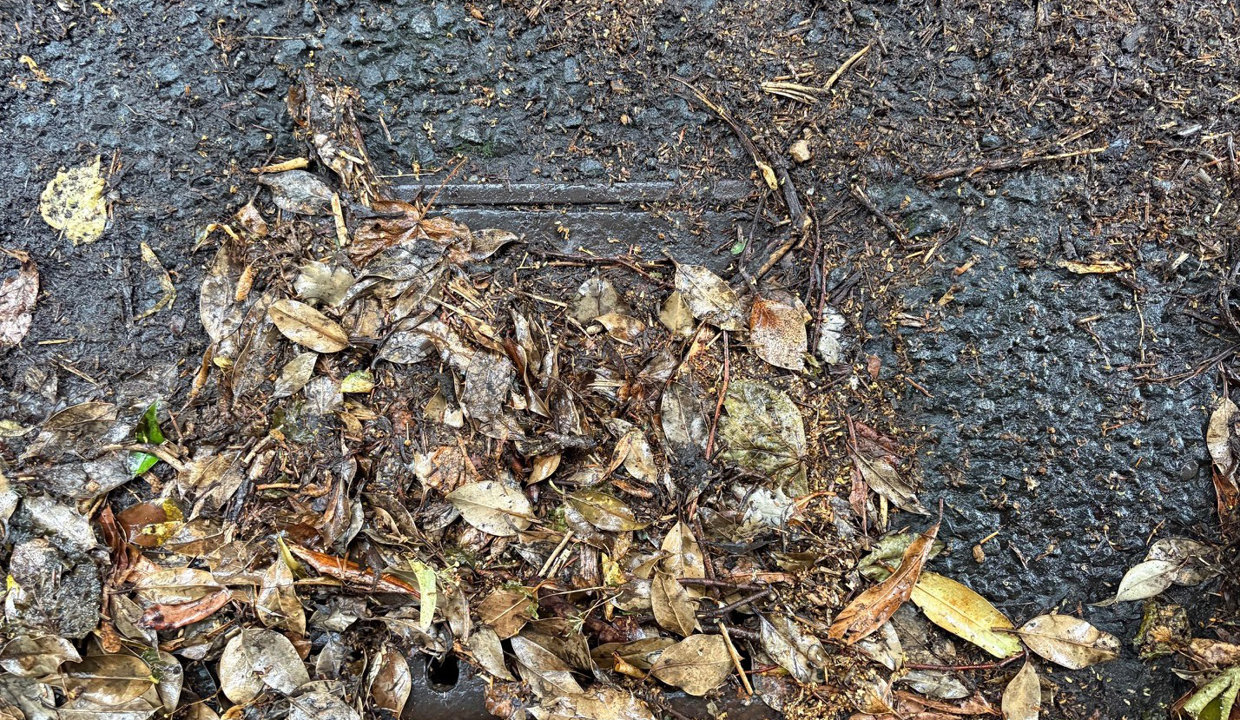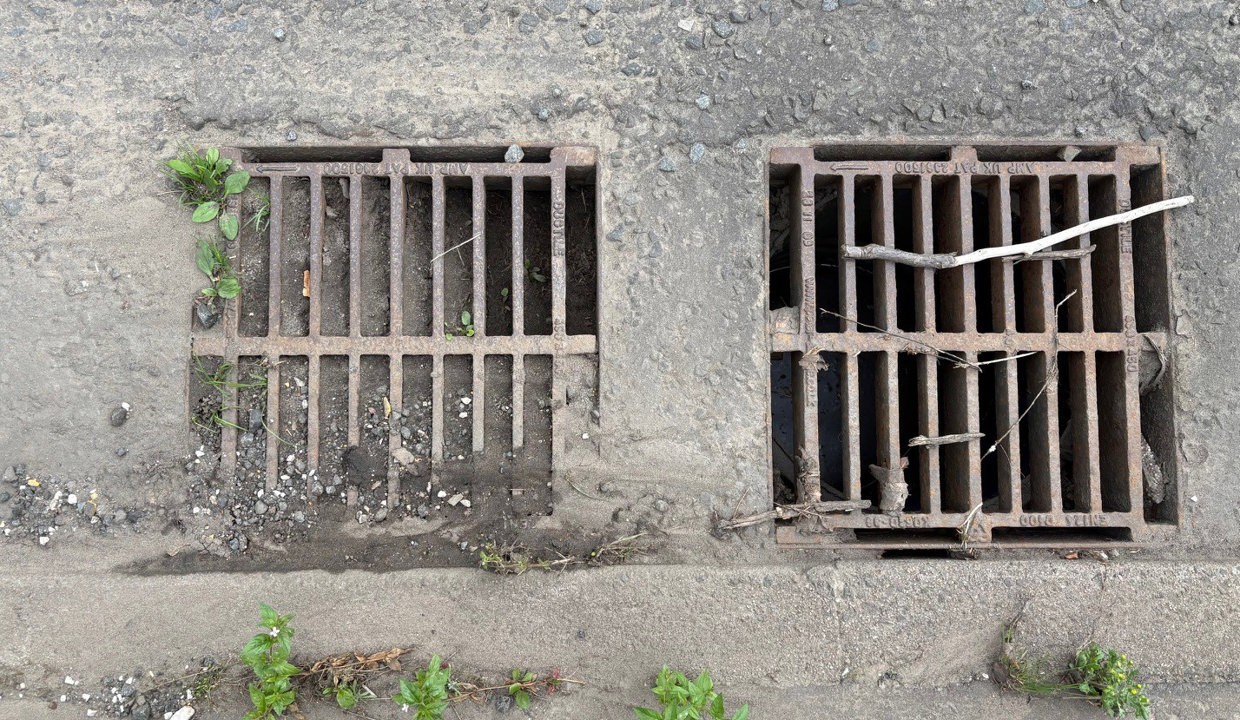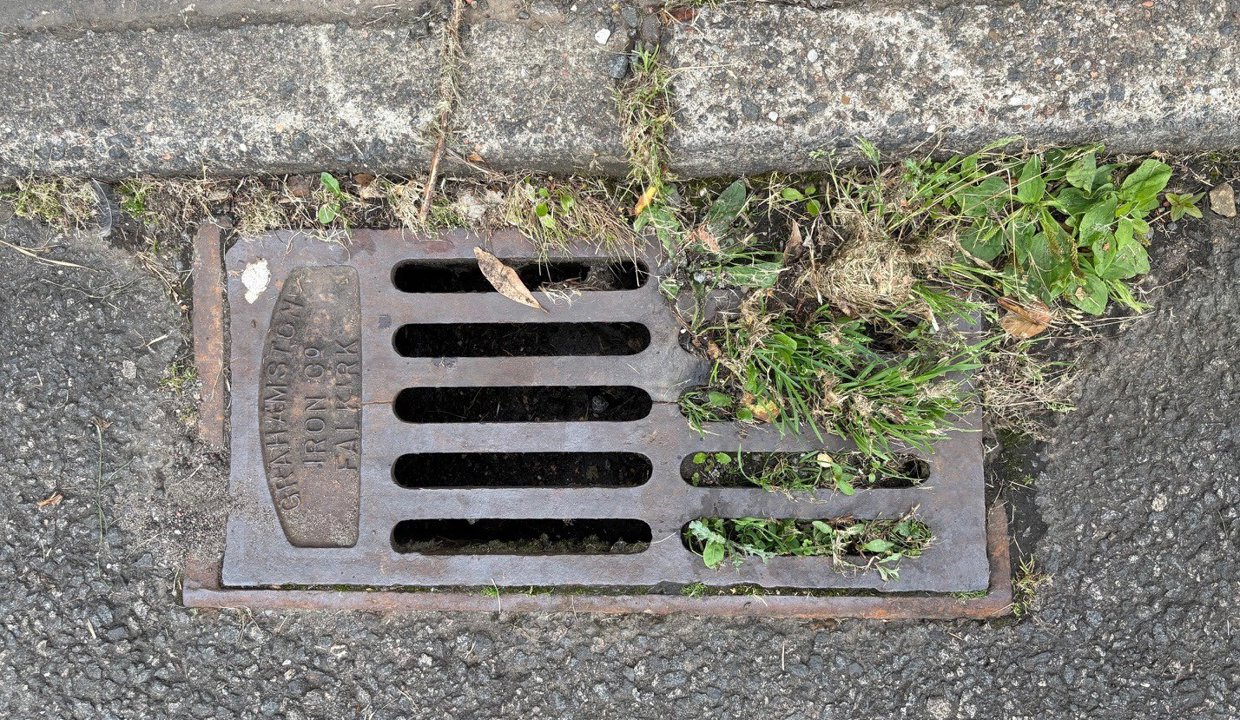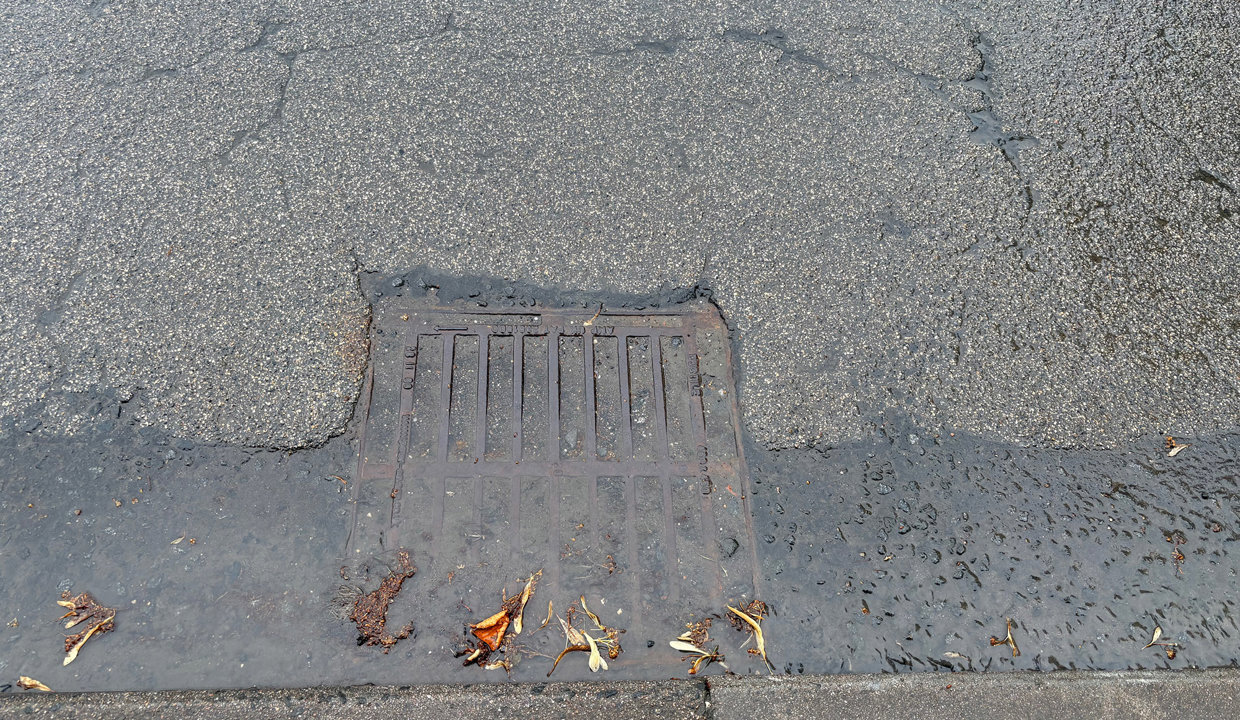Drains and Gullies
The Council maintains 19,000 gullies on roads, footpaths and car parks across East Dunbartonshire.
The gullies are cleaned at least once or twice a year. We have two gully vehicles on 24 hour standby to go to emergency flooding or drainage problems.
The Gully Service can also help to retrieve lost items such as keys.
How to report a gully fault
You can report a gully, drainage or flooding problem using the button below.
Alternatively, you can call us 0300 123 4510 or by emailing customer services.
What happens when you report a gully fault
How reports of a non-functioning gully are handled from point of report to completion is varied and can range from the simple removal of silt in the gully pot, through to digging up the road to repair a damaged drainage pipe that is potentially a large distance from the drain in question.
Accurate reporting of gully faults
The Gully Team regularly get enquiries that are not managed by the team or in some instances are not even the responsibility of East Dunbartonshire Council.
To help direct enquiries to the right place the following advice should be considered before reporting a Gully fault to the Council.
If the gully grating is covered in leaves or detritus, then the issue is not one with the gully but the cleaning of the adjacent channel or gutter.
This is managed by the Council's Streetscene team and can be reported by using the button below.
report leaves

Sewage backflowing
Another common issue is where there is a problem with the main sewer being blocked or restricted and can lead to sewage and toilet paper backflowing out of the gully. If this is the case it is most likely a problem with the sewage system.
If the problem lies within the property boundary it is likely a private issue.
If the problem is out with the property boundary it is likely an issue for Scottish Water. Scottish Water can be contacted on 0800 077 8778 or for further information go to the Scottish Water website.
Housing downpipes
Similarly, we receive a significant number of enquiries about housing downpipes which drain building roof water.
These drains are not maintained by the Roads Drainage team. In most instances this will be a private matter for the property owner or owners.
If the house is a Council property you may be able to get further assistance by contacting Housing on 0300 123 4510. Alternatively you can email customer services.
If you are living in a building which has a shared maintenance responsibility, then East Dunbartonshire Council’s Shared Repair team may be able to assist by calling 0300 123 4510. Alternatively you can email customer services.
Basements & cellars
Basements and Cellars require to be suitably waterproofed by the owner(s), even where the structure is under a public footpath or road.
Footpaths are not designed to be impenetrable to water and there is the possibility of water ingress through the road or footpath structure. Roads gullies adjacent to these structures are generally connected into the nearest sewer and are not connected directly to the building sewerage.
If water or sewage is coming into a basement or cellar from a toilet, sink, shower trap or internal drain then this will likely be coming from the property’s drainage system and depending on the cause of the blockage or backflow then would be the responsibility of either the property owner(s) or Scottish Water.
Scottish Water can be contacted on 0800 077 8778 or For further information go to the Scottish Water website.
Road gully issues
If the issue is not one of the above and look more like one of the images below then it is likely a roads drainage issue and should be reported to the Council.
When doing so, please provide as much detail as you can. The more information provided helps to accurately understand the problem and can help to speed up the overall process.
Examples of road gully issues pictured below.



What we do
Step 1 - Empty and flush
The first step is to attend the gully with one of our Gully motors to attempt to empty all the silt from the gully pot and flush the gully tail to ensure it is working.
If it can be emptied and flushed the job is completed.
However, it is not always possible to do so due to:
- Restricted Access – Can’t attend due to parked cars / roadworks / building works / or some other restriction. The team will attempt to reschedule the works as best possible considering the restriction presented
- The Gully was accessed and cleaned but could not be flushed. This indicates an issue with gully tail that requires further investigation – this is passed to the jetting team.
Step 2 - High Pressure Jet & CCTV team
The jetting team pick up the job and attend the site with a high-pressure jet and CCTV camera and attempt to unblock the drain line or establish the location and cause of the block or collapse.
If they can unblock the drain, then they will complete the job and enquiry. If they cannot then they will locate as best possible the location and type of block or collapse and record this information to pass to the next team.
There are several different possibilities that can cause a damaged gully tail, these include:
- Mortar / Cement / Plaster / Paint – poured down the drain system which then solidifies and blocks or restricts the drain
- Third party damage – Other contractors dig up the road to install or maintain their apparatus and damage the drainage assets in doing so
- Tree roots – these can penetrate the drain line and create blockages
- Historic collapse – Some of the drainage infrastructure is of a historic nature and through time can simply collapse or break causing a block to the main sewer.
Step 3 - Gully Investigation Required
The final step in the process, if all else has been unsuccessful, is to dig up the area of the blockage or damage and repair it with a new section of drainage pipe.
This requires co-ordination and planning to ensure safe and timely access of the network can be achieved. The position of other underground services is required and a safe traffic management set up is also needed.
It is at this stage that third party damage can be uncovered. When it is identified we seek to get the responsible party to repair the damage or seek agreement for the council to do so on their behalf and recover the associated costs.
The process can be timely and requires a lot of dedicated co-ordination, but will generally see a resolution to the issue. Once the drainage pipe is repaired and the road is reinstated the job and enquiry are closed.
Climate change and flooding
During periods of exceptional rainfall intensity, it is possible for drainage systems to be become overwhelmed. This is not from an inadequate design or maintenance, but simply that they were never intended to cope with the intense rainfall events we are now experiencing on an increasingly frequent basis.
Road drainage systems are typically designed for a one in one to one in five year rainfall event as per current standards (sewers are one in 30), but recent storms have been well in excess of one in 200 year events, therefore surface water flooding is expected.
The immediate reaction is to blame the number of gullies or number of functioning gullies. However, gullies being the cause of surface water flooding is rare, and usually as a result of the finite capacity of the main sewer into which the roads gully discharges.
The result of this is that even adding more gullies into the network would not resolve the problem as there is nowhere for the water to go to. In severe cases the water in the sewer can become pressurised and seek to escape out through the gully or manhole cover.
During periods such as this the localised flooding can often dissipate quickly after the rainfall event and is evidence that the gully is fully functioning, as it has drained the water, but has suffered some form of capacity restriction.
Other sources of help
In the event of a major flooding incident the Council will talk with Emergency Services and give flood warnings to the public. The Council will also help with sandbags, arrange pumping equipment, evacuations and emergency shelter, where possible.
Property level protection is available to homeowners on the Scottish Flood Forum website
Sign up for alerts and monitor flood warning information issued by SEPA
The Met Office have some handy tips for staying safe in heavy rain
How can I help?
There are several key things that residents can do or look out for to help prevent blocked gullies from arising:
- Where possible locally clear channels of leaves and detritus that if left unchecked can speed up the silting up of gully pots or temporarily block the gully grating
- Do not pour paints / cements / plaster down the drainage system
- Observe the “No Parking” restrictions that are erected to help us gain access to the gullies in areas of heavy parking. Help to spread the message that it is only a short-term disruption that will help prevent blockages and flooding.
